
Comic Book Movie reports that leftist writer Grant Morrison is telling everybody why Batman shouldn’t be depicted killing villains. And I’m not sure the beginning is entirely accurate, so much as it’s actually offensive in the 3rd paragraph:
Should superheroes kill? It’s a question that continues to be hotly debated among comic book fans, but everyone can agree that there are some characters who should never take a life. Spider-Man is one, and Batman is undoubtedly another.
The Caped Crusader frequently killed crooks when he was first introduced, often in quite brutal fashion. As DC Comics moved into the 1940s, Nazis became his main target, and it took years after that for his no-kill, no-guns rule to be firmly established as “canon.”
On screen, Batman has frequently murdered. Tim Burton’s Dark Knight didn’t hold back, while much has been said about the hero’s decision to let Ra’s al Ghul perish at the end of Batman Begins. Unsurprisingly, Zack Snyder’s Batman killed indiscriminately and, controversially, wielded a few firearms.
Excuse me? So when Batman kills a villain onscreen who could be as deadly as the Joker is, that literally constitutes murder? Seriously, this is like a form of defamation, and insults the filmmakers no matter what their intentions were. In the Golden Age, yes, the Masked Manhunter may have killed at least a few criminals in the first year or so of his stories, and he was certainly written carrying a firearm in 2 or 3 issues that I read in reprints, but what they say about the first 2 years of the Golden Age still sounds rather exaggerated. But, they’re right about how Batman’s moral codes were rewritten pretty quickly to possibly match how other emerging superheroes went about their business. So, it certainly is bizarre how filmmakers by contrast were given a pass on the issue, whereas most comics writers rarely did anything remotely similar, if at all, and the editors surely retained a very firm “moral stance”.

But does that mean the possibility Batman would have to kill even in self-defense can’t be explored in modern writing (provided there were better company management that wasn’t so terrible, of course)? Well, it’s definitely ludicrous how so often, Batman would be depicted sparing the Joker even after the most horrific results of the Clown Prince of Crime’s reign of terror were written up in past stories. IIRC, one of the worst examples was surely in the late 1990s, when the Joker was written murdering Sarah Gordon, and the worst punishment he may have received was a shot in the leg. Which he recovered from fast, as seen ever since. Now, here’s Morrison’s tedious lecture:
Comic book writer Grant Morrison has written a lot of Batman comics, including the upcoming crossover featuring Bruce Wayne and Marvel’s Merc with a Mouth, Deadpool (Batman/Deadpool #1 goes on sale next month).
During a recent Reddit AMA, he weighed in on why Batman doesn’t—and should never—kill his foes:
“If Batman kills he becomes a crazy criminal in a weird costume and Jim Gordon would have to hunt him down and bring him to justice. The glory of Bruce Wayne is that he refuses to be a killer. He has trained in every martial arts discipline in order to not have to kill and that’s what makes him mad and magnificent, and a superhero.”
“He’s fine with intimidation and injury, of course, but killing his enemies would destroy him. He catches bad guys and leaves them trussed up outside the nearest precinct, so that the legal system can take care of them… if the legal system lets them loose, he catches them all over again…”

That’s awfully rich coming from somebody who wrote one of the X-Men series for almost 3 years, including Wolverine, and it could be argued that if Logan kills, doesn’t that make him a crazy criminal? Again, why does Wolverine get a free pass in sharp contrast to Batman and even the Punisher?
Much has been said over the years about whether Batman needs to kill those he locks up in Arkham Asylum, particularly when someone like The Joker repeatedly breaks free. Like many villains, not only does the Clown Prince of Crime target those close to Batman, but innocents often suffer, as well.
Still, if Batman crossed that line, it does somewhat feel like he becomes no better than those he’s attempting to protect Gotham City from. Whether the Caped Crusader should kill in self-defence is another matter, and that’s certainly something we’ve seen on the page many times.
I think a better question is whether the villains should be written heading for the grave, based on the severity of their acts, and why there have to be only so many stories all over the place where civilians are put to death in potentially grisly ways. During Frank Miller’s Daredevil run, in the issue where Elektra was originally put to death for a short time by Bullseye, there was a scene preceding that where Bullseye took a playing card and murdered a taxi driver by flicking the card at his throat, slashing it, all so he could hijack the cab. After Bullseye stabbed Elektra and DD hunted him down, the Man Without Fear let Bullseye drop from a cable on a high building, resulting in the villain becoming paralyzed for a time. Why, in the 1993 origin miniseries Miller penned with John Romita Jr, even there, Matt Murdock led to the death of a crooked prostitute, and later, while saving a young girl who was being held hostage by human traffickers employed by the Kingpin, the future DD deflected a villain’s bullet right back at him with a hand-held weapon, resulting in the criminal being terminated on the spot. Does that make Matt Murdock a “crazy criminal” too? Or does Morrison believe that, because DD may never have achieved the same prominence as Batman in pop culture, that it doesn’t count?
One of the commenters noted:
Every tard points to this but do you know what they ignore?
Michael Keaton’s Batman killing his enemies in two movies directed by Tim Burton. One time, he shoved a bomb down a clown’s pants, pushed him off camera where he exploded, and then smiled when he died.
I guess you forgot that. Like people like you forgot when a powered Christopher Reeves Superman tortured a depowered Zod by crushing every bone in his hand and then throwing him down an icy pit to his death, or laughing after Lois Lane punched out Ursa who then also fell into the same icy pit to her death.
In a way, this is correct, although as another commenter noted:
Christopher Reeve’s Superman never killed. In the extended version that ran on tv it showed the Phantom Zone criminals being apprehended by the authorities. So bit of a stretch to say he murdered them. Clearly that wasn’t the director’s intention and it doesn’t fit with how the character was portrayed in the films at all.

I am aware of the footage that was unused until years later, possibly in the Richard Donner cut of the 2nd movie, although this was a special edition released about 2 decades ago, and was specially prepared so you could see what Donner’s vision was like. From what I know, his idea was to have Superman reverse time effects yet again, not unlike how he saved Lois Lane from death in the 1st, but if that had been the story of the official cut of the 2nd movie with Reeve, then from an artistic perspective, it could’ve looked absurd and laughable if Superman resorted to time travel effects almost every time something needs correction. Of course, in the end, the decreasing box office receipts ensured that’d all come to an end regardless, and in hindsight, I’m as unhappy as ever that Supergirl fared worse artistically and at the box office than Superman had when the 3d movie came about, though the 4th was obviously what buried the prospects of additional Superman films for many years afterwards, and now, woke politics have seen to it that it’s no longer fun anticipating what the next movie with the Man of Steel and other superheroes could be like.
Morrison’s claim about Batman is just insulting to the intellect, and chances are it’s all based on some kind of commercialized view of Batman, at least from a comics-based perspective. But what’s really galling is the refusal of DC – and Marvel – to let go of the most notable supervillains, and develop different ones that can become adversaries of the superheroes going forward. Why, if new ones were possible to create successfully (which is unlikely, given the sorry state of DC at the moment), they could include “plainclothes” villains, who could still have sci-fi powers written up accordingly. But it’s not hard to guess the Big Two are opposed to such an idea based on that they don’t want to pay residuals to any creators who might develop such ideas for them, and that’s got to be one of the worst problems and results of all the PC that cascaded down to hopelessness all these years.
Originally published here



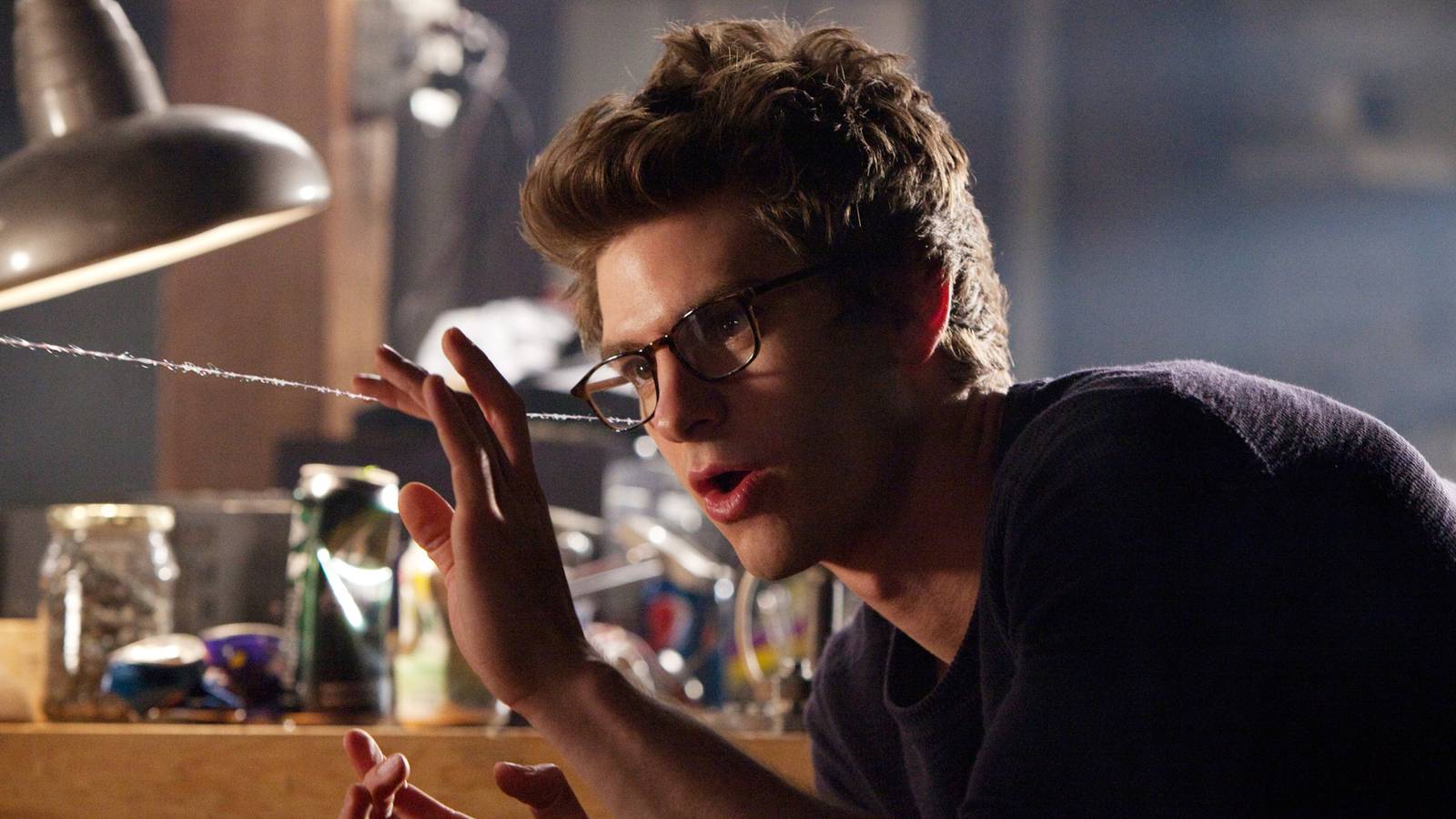



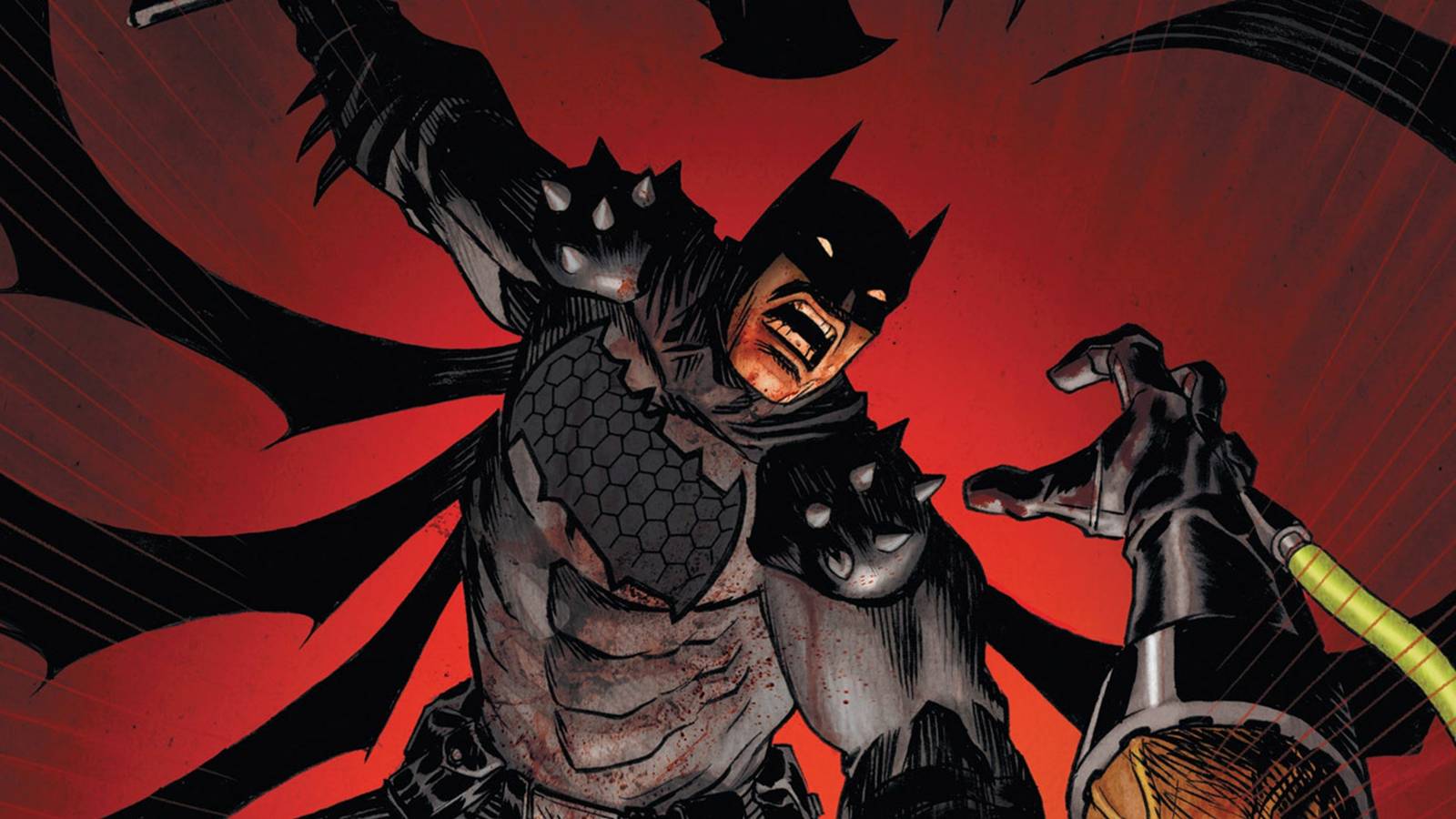

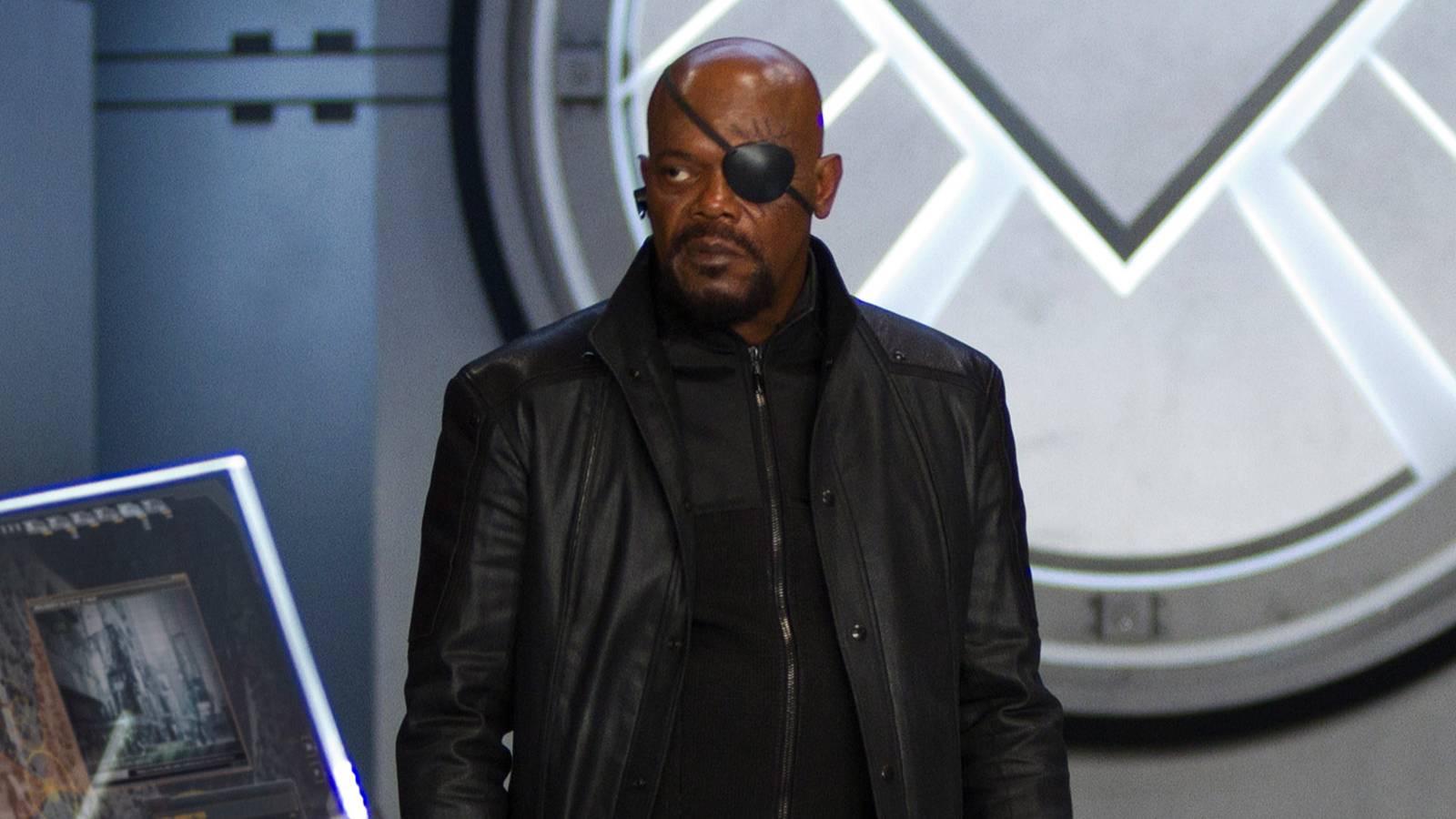



![Ghost of Yōtei First Impressions [Spoiler Free]](https://attackongeek.com/wp-content/uploads/2025/11/Ghost-of-Yotei.jpg)


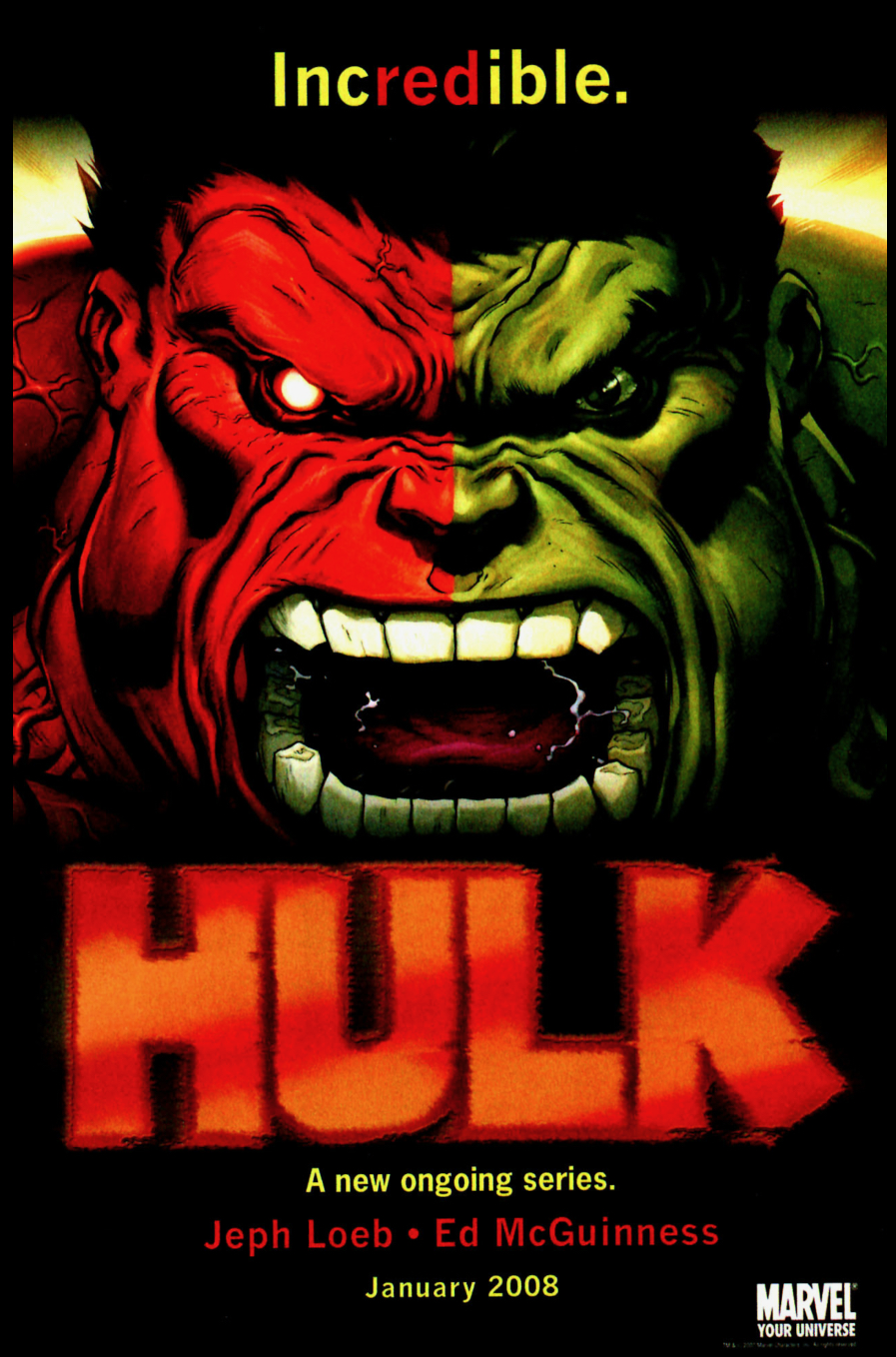
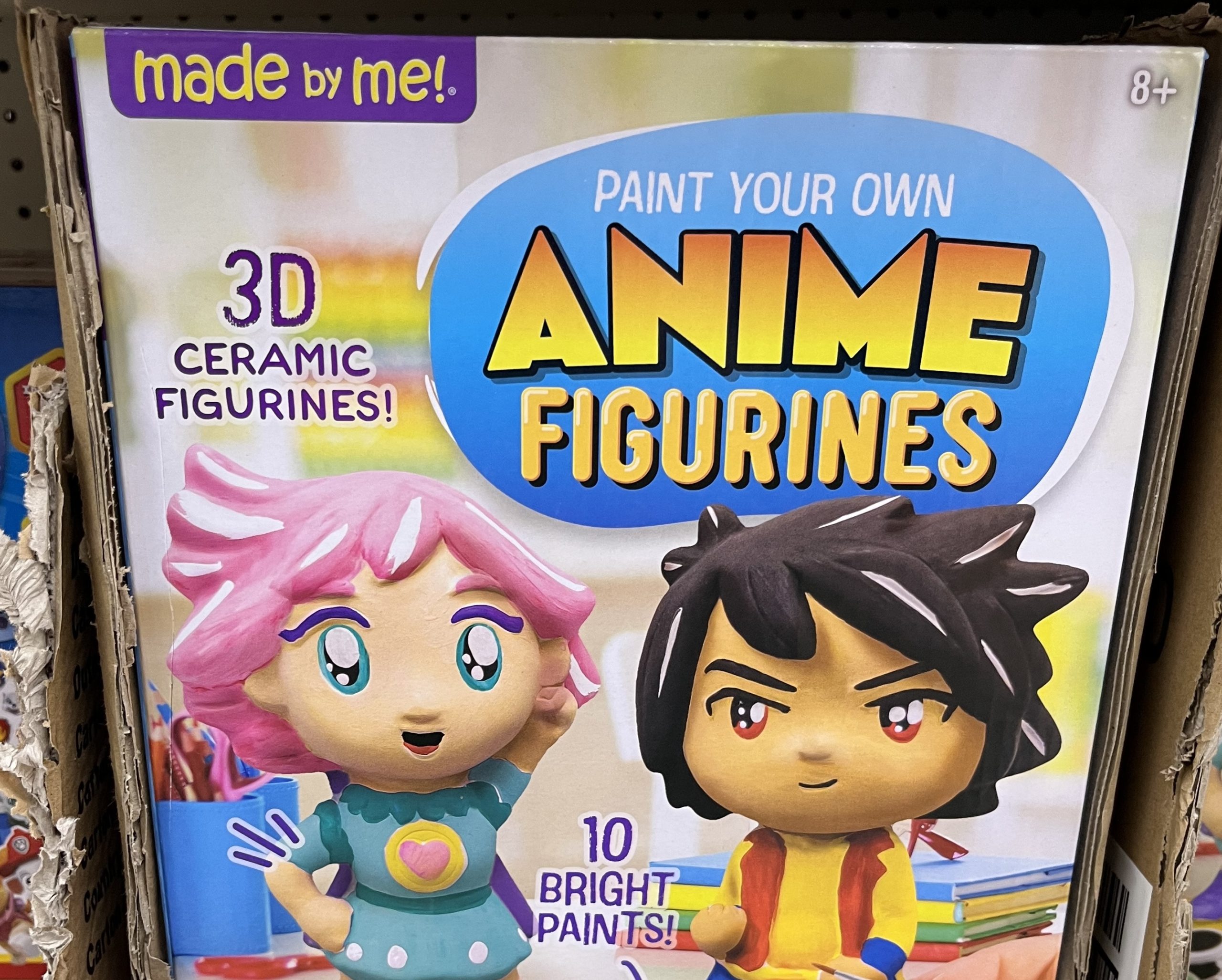
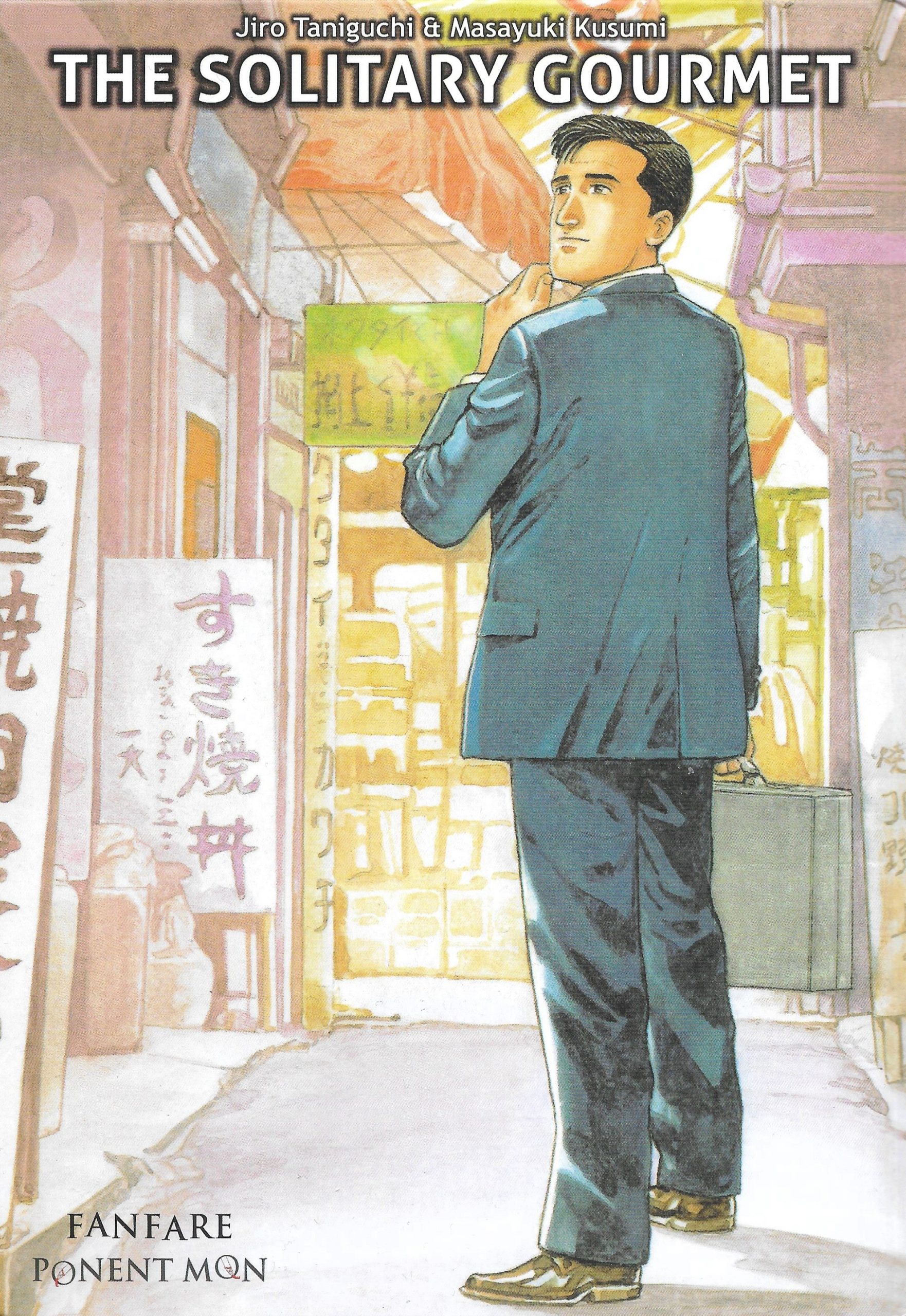
 English (US) ·
English (US) ·